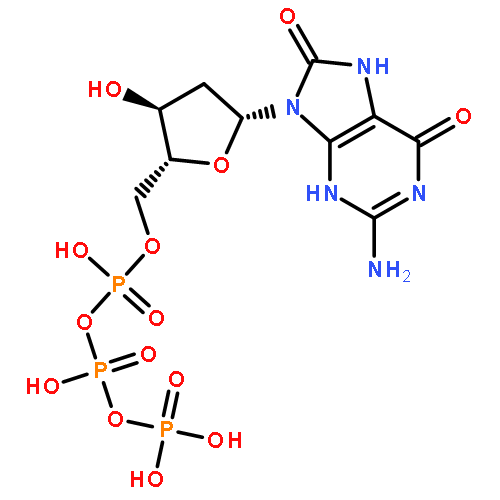Co-reporter: Ji Huang, Craig J. Yennie, and Sarah Delaney
pp: 2325
Publication Date(Web):November 16, 2015
DOI: 10.1021/acs.chemrestox.5b00330
Defining the biological consequences of oxidative DNA damage remains an important and ongoing area of investigation. At the foundation of understanding the repercussions of such damage is a molecular-level description of the action of DNA-processing enzymes, such as polymerases. In this work, we focus on a secondary, or hyperoxidized, oxidative lesion of dG that is formed by oxidation of the primary oxidative lesion, 2′-deoxy-8-oxo-7,8-dihydroguanosine (8-oxodG). In particular, we examine incorporation into DNA of the diastereomers of the hyperoxidized guanosine triphosphate lesion spiroiminodihydantoin-2′-deoxynucleoside-5′-triphosphate (dSpTP). Using kinetic parameters, we describe the ability of the Klenow fragment of Escherichia coli DNA polymerase I lacking 3′ → 5′ exonuclease activity (KF–) to utilize (S)-dSpTP and (R)-dSpTP as building blocks during replication. We find that both diastereomers act as covert lesions, similar to a Trojan horse: KF– incorporates the lesion dNTP opposite dC, which is a nonmutagenic event; however, during the subsequent replication, it is known that dSp is nearly 100% mutagenic. Nevertheless, using kpol/Kd to define the nucleotide incorporation specificity, we find that the extent of oxidation of the dGTP-derived lesion correlates with its ability to be incorporated into DNA. KF– has the highest specificity for incorporation of dGTP opposite dC. The selection factors for incorporating 8-oxodGTP, (S)-dSpTP, and (R)-dSpTP are 1700-, 64000-, and 850000-fold lower, respectively. Thus, KF– is rigorous in its discrimination against incorporation of the hyperoxidized lesion, and these results suggest that the specificity of cellular polymerases provides an effective mechanism to avoid incorporating dSpTP lesions into DNA from the nucleotide pool.
